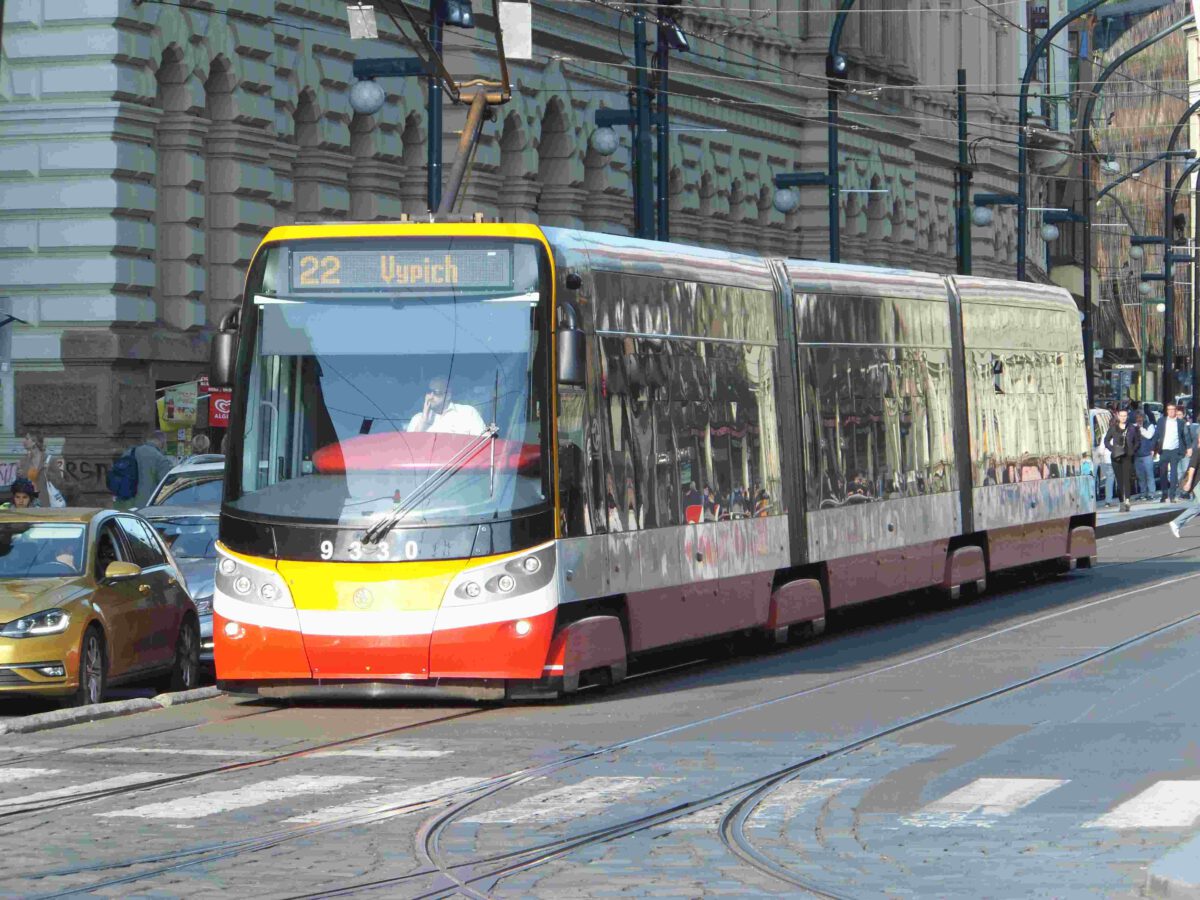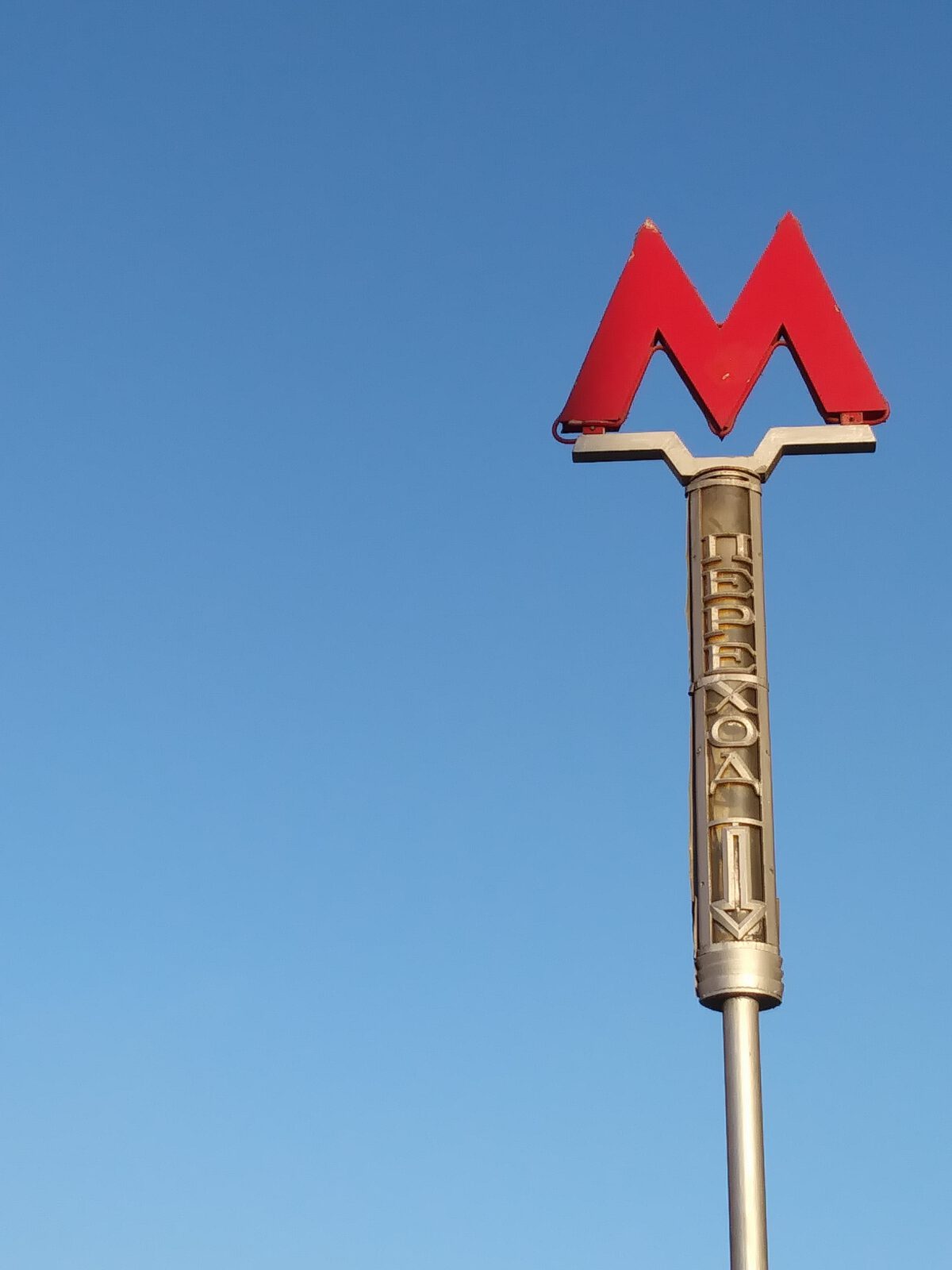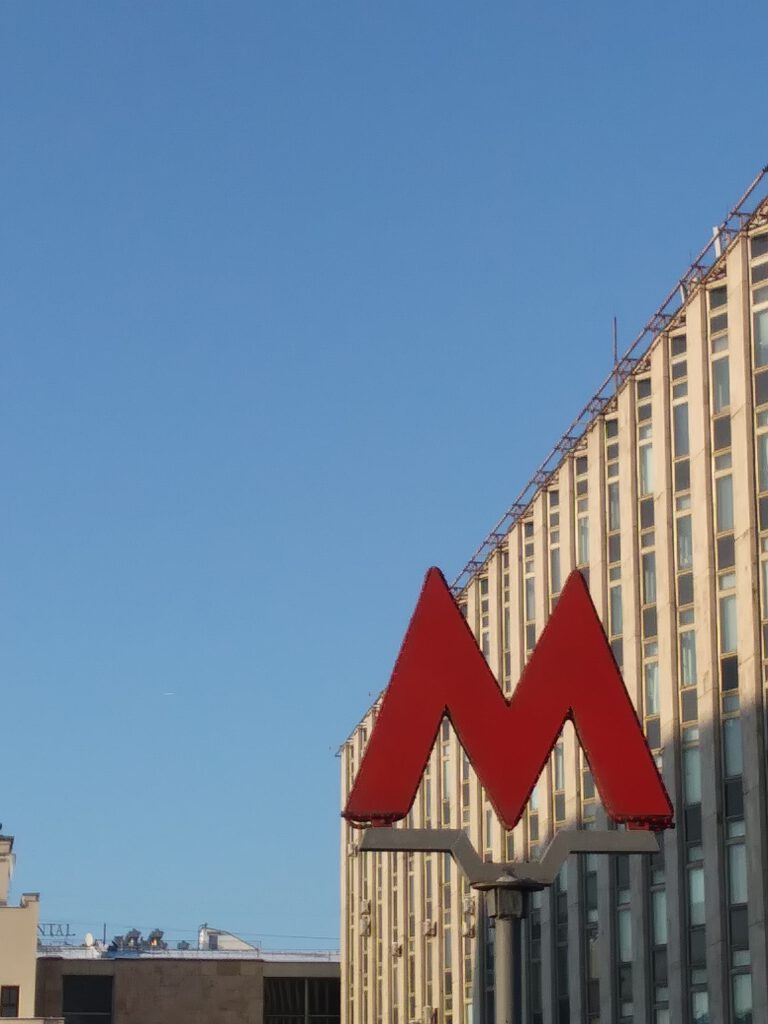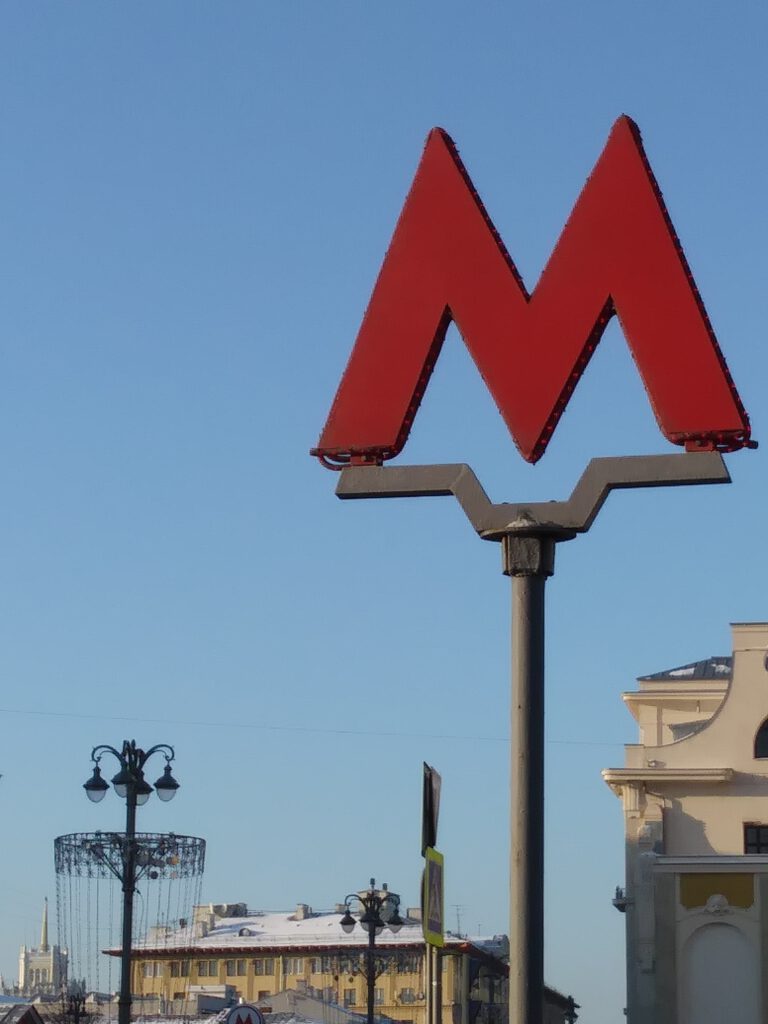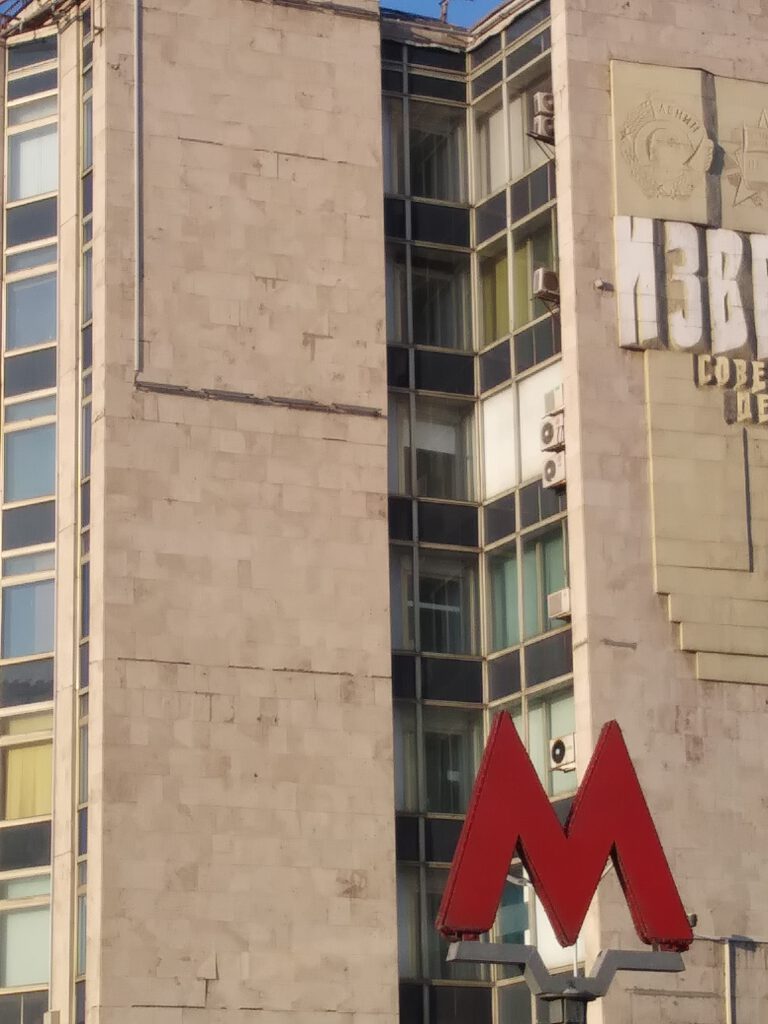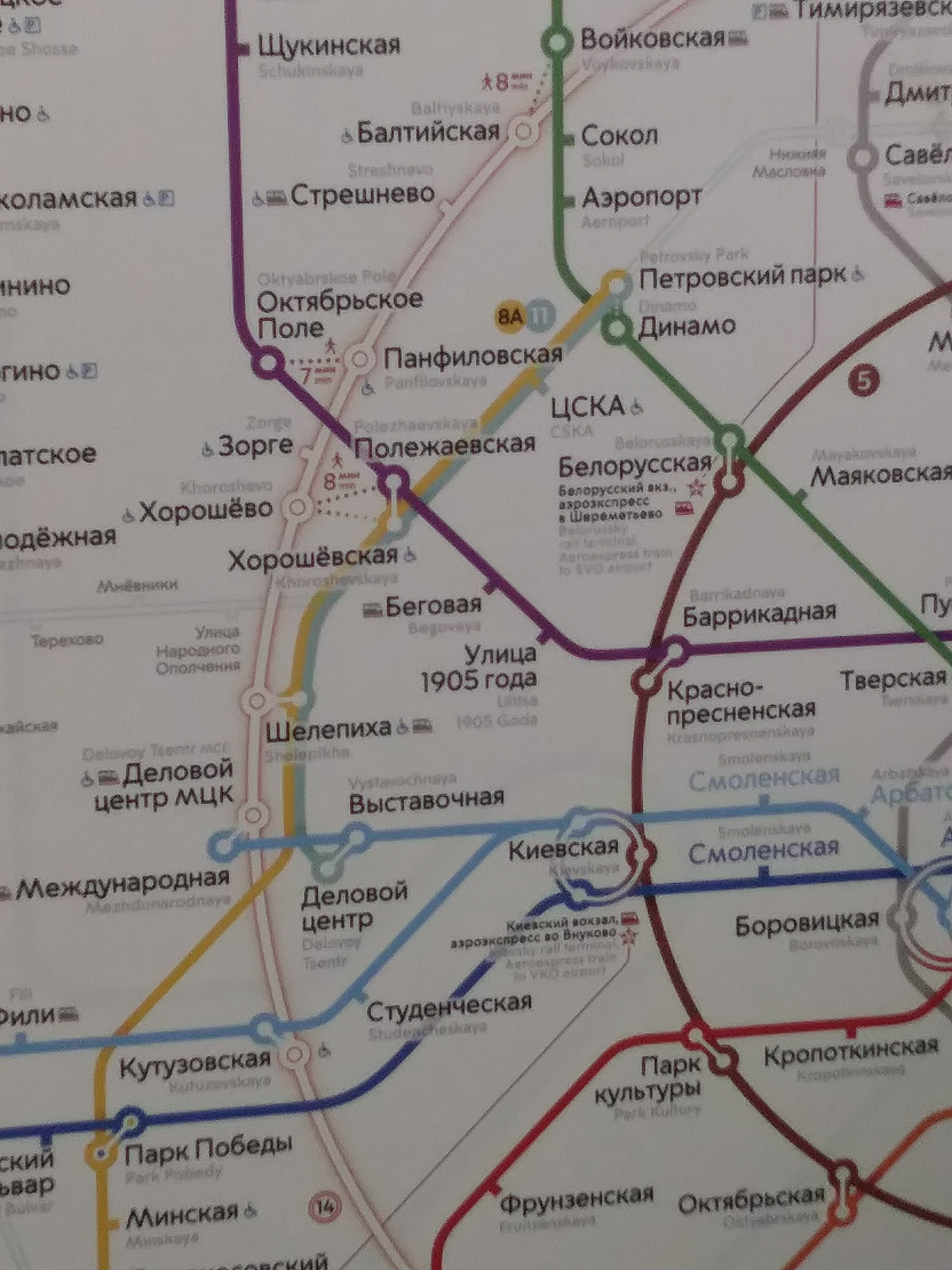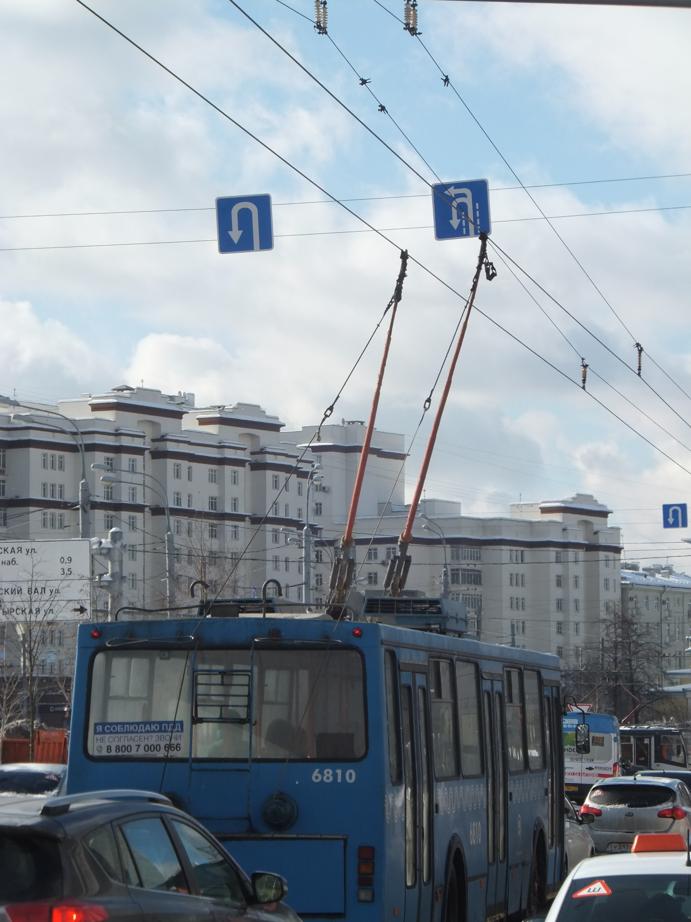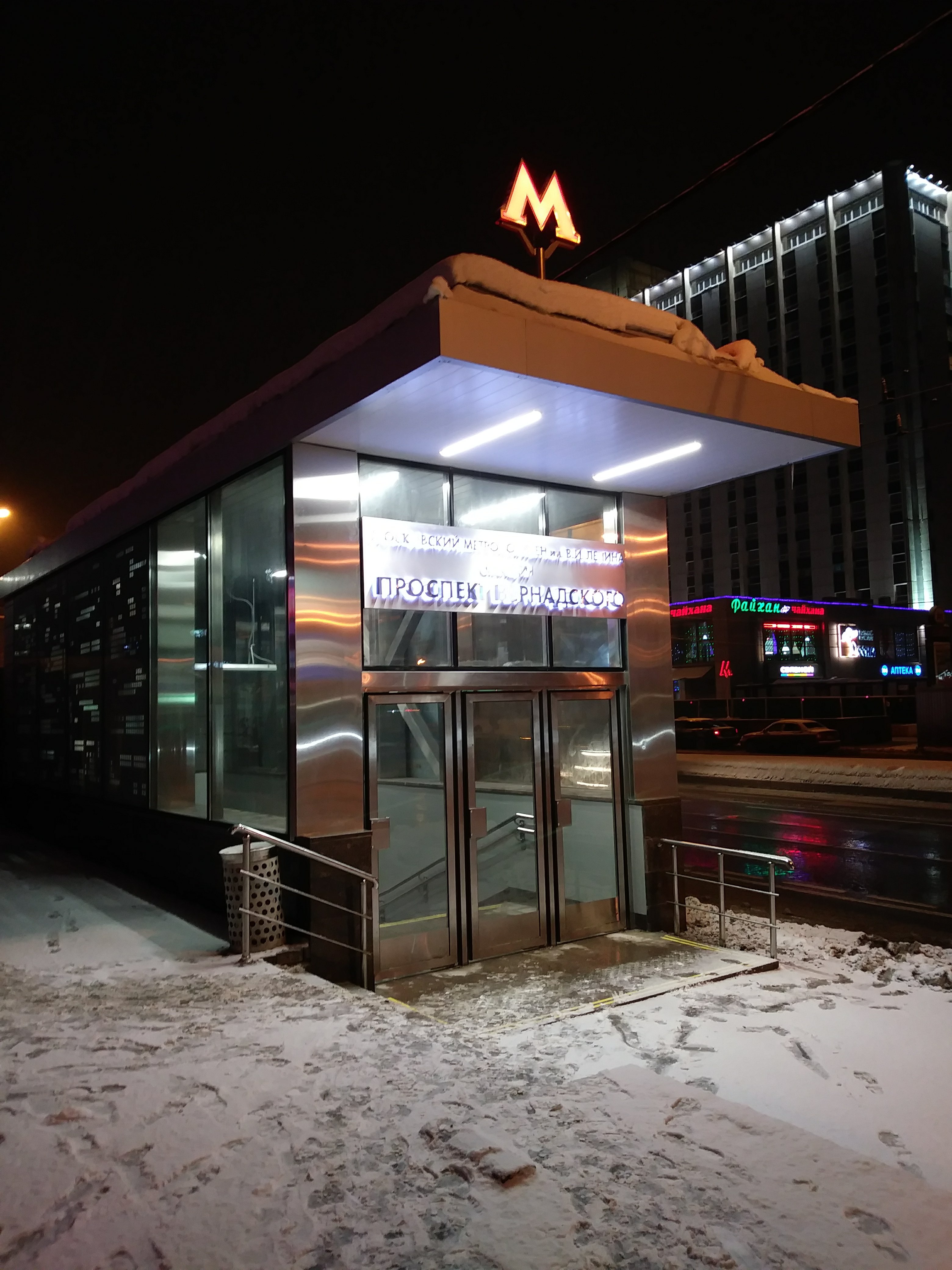Frankfurt (Oder), Cottbus und Brandenburg an der Havel modernisieren in einer konzertierten Beschaffungsaktion ihre Straßenbahn-Flotte. Das ist eine erste gute Neuigkeit für alle ÖPNV-Nutzer der drei kreisfreien Städte in Brandenburg. Die neuen Straßenbahnen sind barrierefrei und ermöglichen auch Familien mit Kinderwagen und Rollstuhlfahrern problemlose nachhaltige Mobilität.
Es gibt eine weitere gute Nachricht: produzieren und liefern wird die Wagons die Traditionsmarke Skoda aus der Tschechischen Republik. Die Nutzer erwartet also ein ansprechendes Design mit robuster Laufleistung. Selim Pekel berichtet in der heutigen Ausgabe der Märkische Oderzeitung (07. Februar 2024), dass sich die Auslieferung der ersten Testfahrzeuge nach Frankfurt in den April 2024 verschiebt. Parallel reisen Multiplikatorenausbilder in die Nachbarrepublik, um Einweisungen zu erhalten, die sie an die Kollegen in Deutschland weitergeben.
Selim Pekel, Nächste Station Tschechien. Märkische Oderzeitung, Mittwoch, 07. Februar 2024, S. 13.
Einen Blick in die Zukunft erlaubt ein Abstecher nach Prag. Dort verkehren – natürlich – Straßenbahnwagons und Metro-Züge aus heimischer Skoda-Produktion (Abb. oben, Tram im Prag, (c) Dr. Tim Jäkel, 2019).
Glück im Unglück: Seit 1987 bringen genauso stylische Tatra-Trams Einwohner und Gäste der Oderstadt von A nach B.
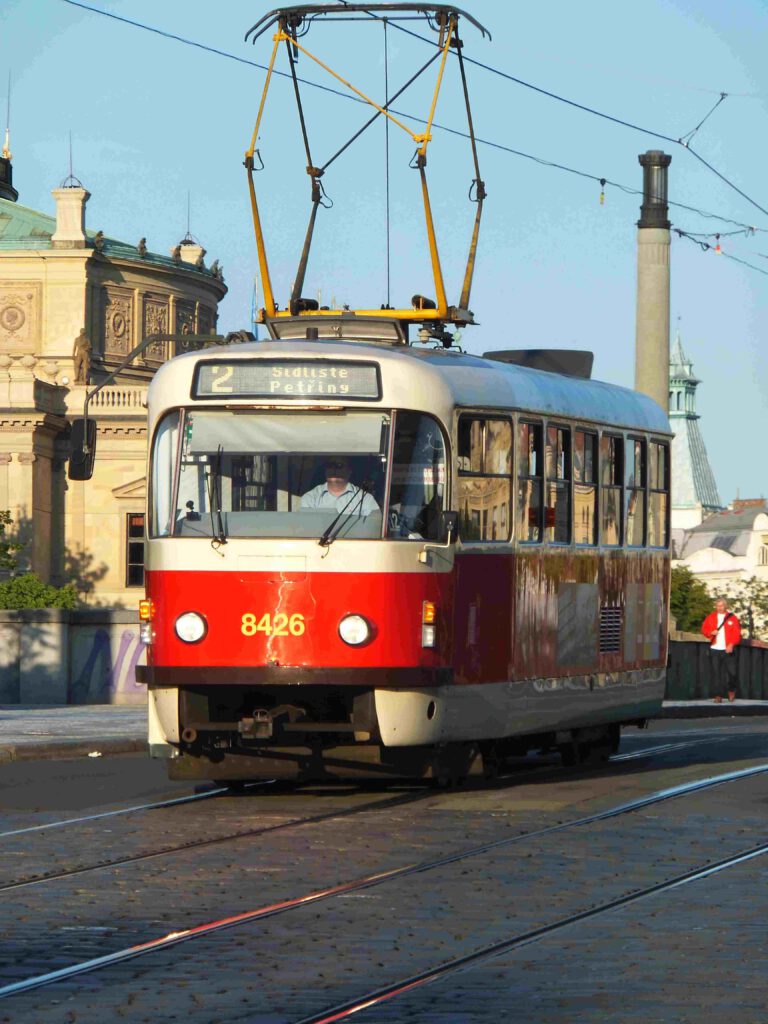
#straßenbahn #tatra #mobilität #frankfurtoder #öpnv #prag
